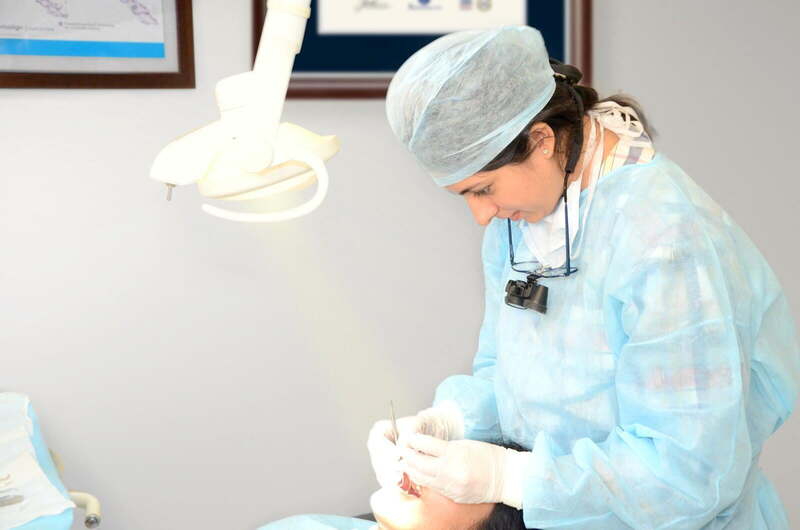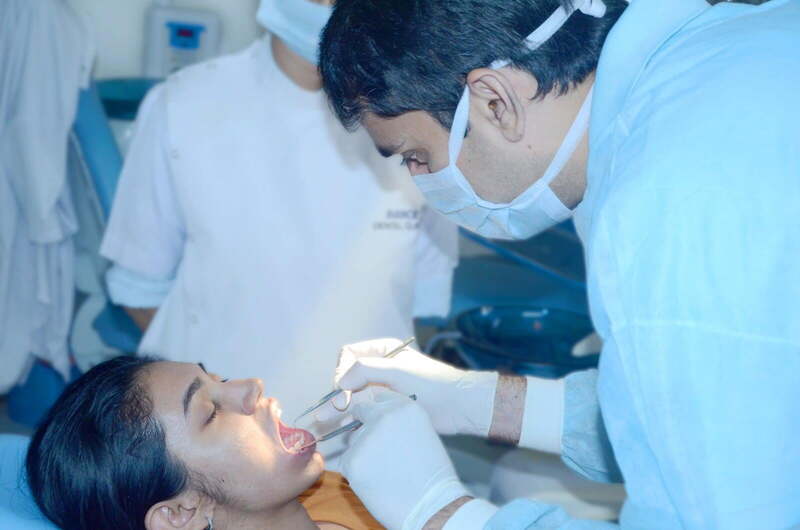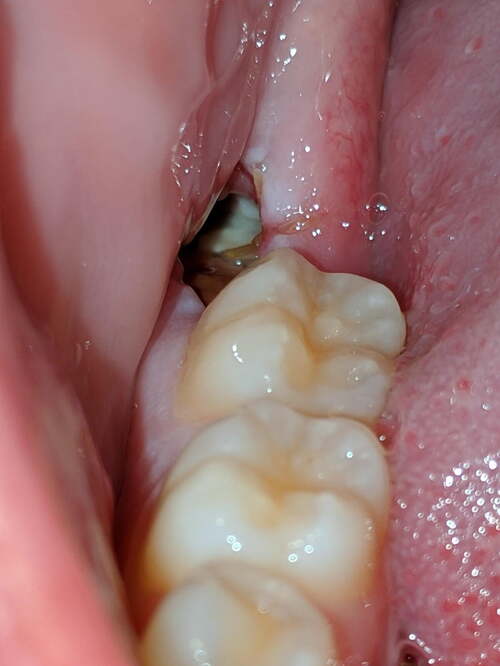Are you suffering from Pain after Tooth Extraction?It could be because of a Dry Socket!
Dry socket (alveolar osteitis) is a painful condition that occasionally happens after a Tooth Extraction or a Wisdom tooth removal. It can be healed or recovered with help of Home Remedies for Dry Socket. It happens because the blood clot at the site of the extraction fails to develop, or it displaces or dissolves before the socket has completely healed or recovered. The blood clot works as a protective layer over the bone and nerve endings in the tooth socket stimulating the growth of new bone and soft tissues.
Dry socket is the most common complication following tooth extractions, such as the removal of third molars (wisdom teeth).
Signs and symptoms:
- Pain within few days (Usually 4th Day onwards)
- Loss of the blood clot noticed as an empty-looking (dry) socket
- Pain that radiates to ear, eye, forehead or neck on the same side of face as the extraction
- Bad breath or a foul odor
- Unpleasant taste
Risk Factors:

Dry Socket History
If you've had dry socket in the past, you're more likely to develop it.
Infection
Current or previous infections around the extracted tooth increases the risk of dry socket.
Smoking
Smoking may prevent or slow down the healing and contaminate the wound site. Cigarette smoking may physically dislodge the blood clot. People who smoke are at much higher risk of developing dry socket. Reduce your tobacco intake for few weeks if you are planning for a Dental Extraction. The following tips can help-
- Switch to Nicotine Patches
- Avoid Nicotine Gum or chewing tobacco.
- Keep a Gauze in you mouth over the socket while smoking.
Oral Contraceptives
High estrogen levels from oral contraceptives may disrupt normal healing processes and increase the risk of dry socket.
Improper Home Care
Failure to follow postoperative instructions and poor oral hygiene efforts may increase the risk of dry socket.

Treatment for Dry Socket
It is always advised to consult your dentist for the long-term solution and proper diagnosis of the Dry Socket. Treatment of dry socket focuses on reducing symptoms, particularly pain. Meanwhile the treatment for the Dry Socket may include:
- Irrigation of the socket. Flushing out the socket can remove any food particles or other debris that may contribute to pain or possible infection.
- Medicated dressings. Packing the socket with medicated gel or paste and medicated dressings. This can provide relatively immediate pain relief.
- Self-care. Once the dressing is removed, you may need to flush the socket at home with warm saline rinses to promote healing and eliminate debris.
It is best advised to visit our office for dry socket, but some home remedies can help ease the pain.
Home Remedies
Clove oil can protect against infection because it has antimicrobial and antiseptic properties.You can use clove oil to ease the pain of dry socket by applying one or two drops to a clean gauze and placing it on the tooth extraction site. However you should only use clove oil as a temporary remedy.
Warm Salt water rinsing can help reduce bacterial infection and swelling. It can also flush out any food particles from the socket. Keeping this area clean can reduce pain and lower the risk of infection.
Turmeric can help treat dry socket. The turmeric has strong anti-inflammatory properties that may reduce pain and aid wound healing. A dressing of turmeric and mustard oil reduced pain, discomfort, and inflammation in people with dry socket.
Honey has antibacterial properties and may protect against infection. It may also help prevent necrosis.You can make and apply a honey dressing by soaking a ball of sterile gauze in honey and dabbing it gently onto the extraction site.

















